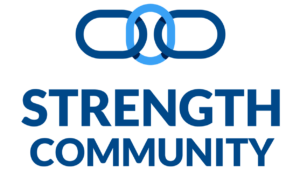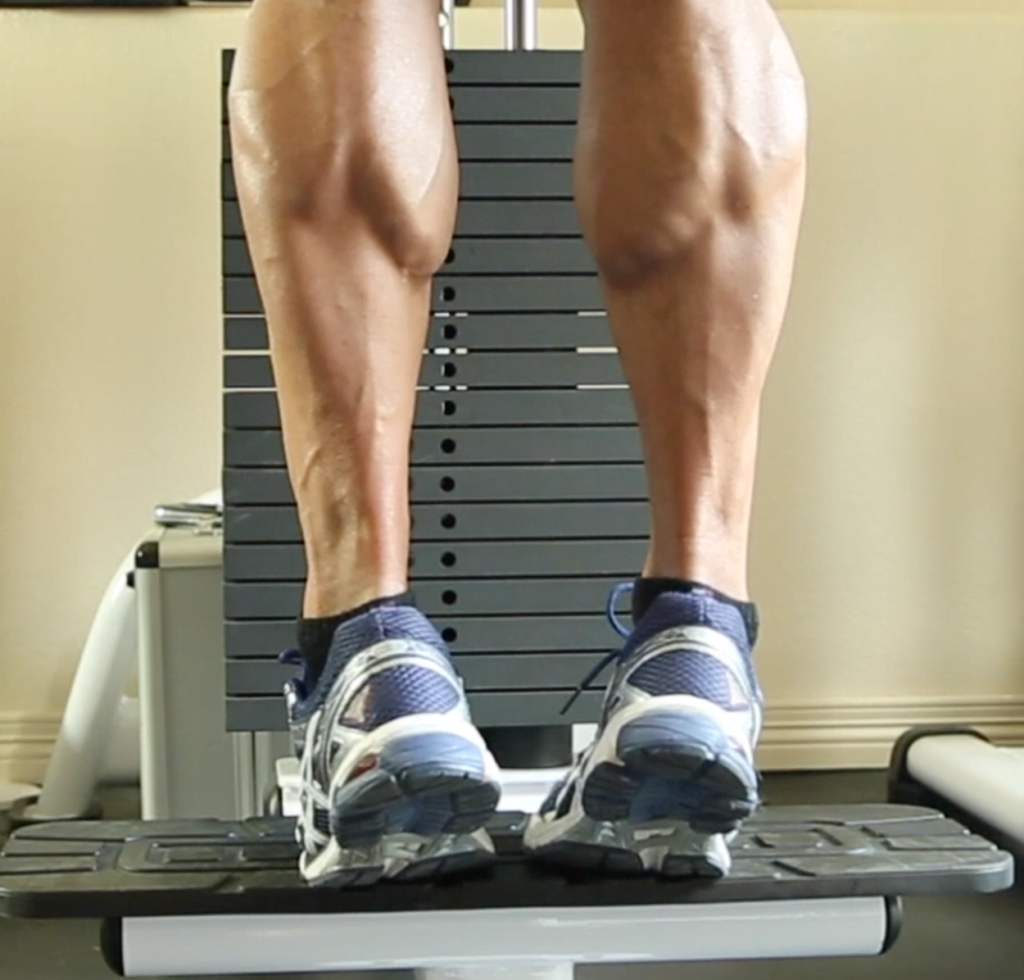In this article, you will learn one of the most effective ways to give your calves noticeable growth through a specific training program.
Before getting into the program, a brief anatomy description of the calves is provided, including information about the soleus and gastrocnemius muscles.
The training program is divided into three parts, with a total duration of one hour.
The program includes Donkey Calf Raises, Standing Calf Raises, and Seated Calf Raises, with specific sets, reps, and rest periods. Additionally, the article suggests adding an antagonist exercise, such as Tibialis Anterior Raises.
The frequency of training will depend on the individual’s recovery capabilities. The article provides tips on how to fit the program into a current training schedule.
Normally a calves training article will talk about Arnold’s approach to it, but this is not the case. In this article, I’m going to address one of the most effective ways that I have found to give your calves noticeable growth.
But before getting into the actual training program, I’ll do a brief anatomy description. The main muscles of the calves are composed of the soleus and the gastrocnemius.
The Soleus
- It’s an anti-gravity muscle which basically means that is very active when you are standing.
- It crosses the ankle joint on the back of the leg, which gives it the function of being a plantar flexor.
- It is composed mainly of slow twitch fibers (88% according to my mentor), making it a muscle made for endurance, responding well to high reps and high time under tension.
- It’s the most active when the knee is bent doing a plantar flexion (calf raises)
The Gastrocnemius
- It crosses the knee and ankle joint on the back of the leg, which gives it the functions of a knee flexor and plantar flexor.
- It has a high percentage of fast twitch fibers (60% according to my mentor), responding well to functional hypertrophy parameters.
- It’s more active when the knees are straight and locked.
The Program
As with any other body part, when you want to increase the size or strength of a muscle group, you should devote a whole training session in order to achieve that goal. That being the case for the calves, this training program will take one hour to be completed, ensuring the right amount of work to make your calves grow.
The program is divided into 3 parts, and the division parameter is time. You’ll complete the first part in 25 minutes, the second part in 14 minutes, and the third part also in 14 minutes, for a total of 53 minutes of calves’ work, as follows:
Part 1 (25 minutes):
Use an exercise where the knees are fully extended and locked, with the hip bent at 90˚, so Donkey Calf Raises are great for this purpose. You can also do it on a Horizontal Leg Presses Machine or on a 45˚ Sliding Calf Machine where the trunk is bent forward.
In this part, you are going to choose a weight that will allow you to do 15 reps and you’ll do sets of 6-8 reps on a 2-3-X-0 tempo, resting 90 seconds between sets, until you reach the 25-minute mark. Ideally, you should be able to maintain the weight through all sets. If you cannot, simply decrease it slightly in order to do the prescribed number of reps per set.
Part 2 (14 minutes):
Use an exercise where the knees are fully extended and locked like a Standing Calf Raise Machine. Choose a weight that allows you to do 20 reps and do sets of 12 reps on a 2-2-1-0 tempo, resting 75 seconds between sets, until you complete the 14 minutes of work. Again, the idea is to maintain the weight for all the sets, and if you cannot, decrease it a little bit in order to complete all reps for each set.
Part 3 (14 minutes):
For this part, you need to choose an exercise where your knees are bent, like a Seated Calf Raise Machine. Choose a weight that allows you to do 40 reps and does sets of 20-25 reps on a 2-1-1-0 tempo, resting 60 seconds between sets, until you finish the 14 minutes prescribed. Try to maintain the weight during all the sets, and if you cannot, decrease it in order to be able to complete the reps prescribed.
To sum-up:
- Donkey Calf Raises, 6-8 reps, 2-3-X-0 tempo, rest 90 seconds, for 25 minutes
- Standing Calf Raises, 10-12 reps, 2-2-1-0 tempo, rest 75 seconds, for 14 minutes
- Seated Calf Raises, 20-25 reps, 2-1-1-0 tempo, rest 60 seconds, for 14 minutes
The stance and foot position will depend on the part of the calves that you need to develop the most. You can also use an Omni stance approach, where you start with your weaker foot position, and progressively move to the stronger one.
Add an antagonist movement
In order to optimize the growth and strength of your calves, it’s important to add an antagonist exercise to the calves and the Tibialis Anterior Raises are the right ones for this routine. Because of the shortened rest interval in parts B and C of the routine, you can add bilateral Tibialis Raises during the rest interval of part A. This doesn’t mean that the rest interval for the calves’ exercise is increased. This means that you will do the tibialis work DURING the rest interval of calves.
Frequency of Training
With this type of routine, provided that you have never done it before, it is hard to predict. The frequency will depend on your recovery capabilities, meaning that if after 5 days you are still sore, of course, is not a good idea to train Calves again. You have to wait until the soreness is gone. In essence, you’ll train your calves once you are recovered from the previous workout. Normally it takes longer after the first time you do it, and then the recovery period shortens, so could end up training your calves 6-7 days after the first session, and maybe 3-4 days after the 5th session.
Fitting this program into your current training schedule
As I mentioned before, you have to devote a full training session to calves training, so here you have a few options:
Replacing a body part with the calves session
Let’s say that you are training on 3 out of 5 schedules and you found out that you can replace the Shoulders and Arms day with the Calves day. If your Chest & Back session is properly designed, your arms and shoulders are not going to disappear.
Adding one extra session to your schedule
Again, let’s say that you are training on 3 out of 5 schedules. Here you have a couple of options:
- You can afford to have a double training session during certain days of the week. For this case, do the Calves routine in the morning and let’s say the one for Chest & Back in the afternoon. In any case, as the priority is the claves, it should be the first workout of the training cycle.
- You can switch to training in a 4 out 6 schedule. For this case, train 2 days on, one day off, 2 days on, and one day off, starting your training cycle with Calves.
Recovery
In order to have a proper recovery, treat this calves session the same way you do with the other body parts. Don’t think that because you are “only training calves” you don’t need your intra-workout amino or your post-workout shake. You actually need them, and need them big time!
For how long should you do this program?
In general, doing this program 6 times or one month should make you adapt to it. If you adapt sooner than that, simply move on to a new program. If after 6 times you are still progressing and growing, I don’t see a reason to stop, since the goal is to make your calves grow. In any case, once you adapt to it, which means stop progressing, it’s time to move on to a new program.
Can I apply the principles of this program to the body parts?
Even though the anatomical and mechanical structures of the lower leg are very unique, you could apply the same principles to small muscle groups, adapting them to the uniqueness of the structure you want to give a new development.
Give this routine a try and experience an interesting growth on your calves, together with a nice and deep soreness.
Coach Carlos Castro

